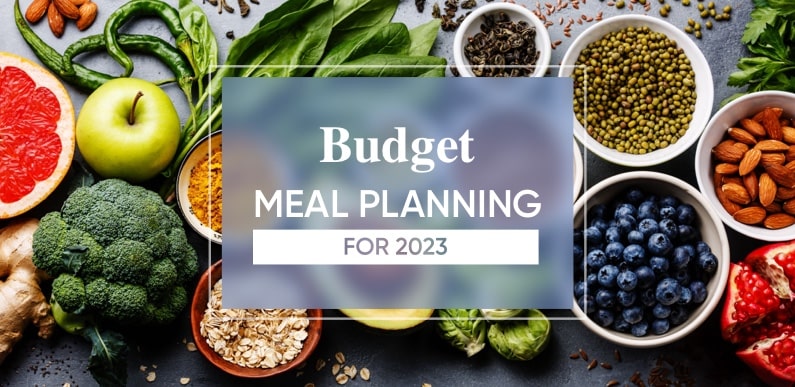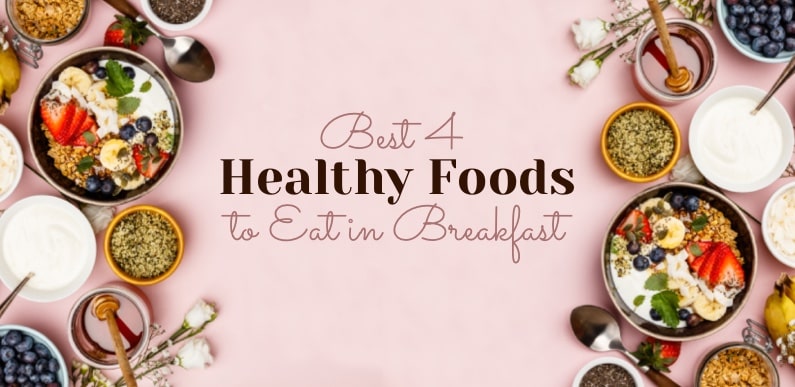Muscle is harder to build and maintain as we age, and most start losing muscle around age 30. Physically inactive people are at particular risk and can experience anywhere from a 3 to 8% loss of lean muscle mass every decade after that.
Eating a variety of healthful foods each day can help you meet your nutrient needs.
If you want to change your body composition, lean muscle mass will be needed. To do so requires a combination of adequate calorie and nutrient intake with a solid muscle strengthening program.
There’s no need to abandon all of your favorite foods to get in shape. Follow these simple nutrition guidelines to build muscle faster.
Here are the nutritional building blocks to encourage muscle gain:
- Carbohydrates:
Carbohydrate is the predominant energy source used during a strength training workout.
It is stored as glycogen in the muscles and is the fuel used to supply energy for short, intense bursts of power. The harder and longer you work out, the more glycogen your muscles require. Once these glycogen stores are gone, your energy level will drop, and you will run out of fuel to power muscle contractions.
For this reason, athletes doing strength training exercises to build lean muscle need to have adequate carbohydrate intake to fuel the workout. Carbohydrate needs vary depending upon the intensity and length of your training sessions.
It may seem like a lot, but if you do not consume enough carbs, your body will not recover properly, leaving you weaker and more prone to early fatigue, decreasing your overall athletic performance. Personal carbohydrate requirements vary based on the intensity and length of workouts and your body size.
2. Proteins:
All athletes need protein after vigorous exercise.
Protein helps repair and rebuild muscle tissue broken down during hard training. Because protein is the base of the building material for muscle tissue, if your strength train or want to increase muscle size, you need to consume more protein than sedentary individuals or non-athletes.
Another thing to remember is that your body can only absorb so much protein at one time—no more than 30 grams of protein, to be exact. So instead of trying to pound your daily protein intake into one meal, it is best to spread it across five or six feedings.
You can get adequate protein by eating a healthy diet with low-fat dairy, eggs, lean meats such as fish and chicken, and fruits, nuts, and legumes. Some athletes find that a protein drink or bar is another convenient way to increase daily protein intake.
3. Fats
Fat is an essential nutrient, and you require a certain amount of it to remain healthy.
The dietary guidelines for Americans recommend that 20%–35% of your total daily calories come from healthy fats, such as olive oil, lean meats and fish, nuts, seeds, and avocados.
4. Water:
In addition to the regular eight glasses of water daily, you need to drink to replace fluids lost during exercise.
To be confident that you are well hydrated before workouts, drink fluids throughout the day and about 1.5 cups to 2.5 cups (or 400 to 600 ml) of water or sports drinks 20-30 minutes before exercise.


High-intensity exercise in hot conditions requires 1.5–2 cups (12–16 fluid ounces) of a 6%–8% carbohydrate solution (6–8 grams of carbs for about every 4 fluid ounces of water) every 15-20 minutes.
Activities greater than 70 minutes will require more carbohydrates.
If carbohydrates are unable to maintain performance, they may also need protein. After exercise, replace any further fluid losses with 3 cups of water for every pound lost during exercise.
Do not rely on your thirst signal during and after exercise to determine your fluid intake. Eating protein helps build and repair muscles.
But carbohydrates stimulate an insulin response, and insulin is the hormone that prepares the muscle cells to absorb the protein.
Before making any changes to your body, it’s a good idea to have the facts. When looking more closely at the codependent relationship between proteins and carbohydrates, we understand how these vital building blocks work in our bodies and lead to stronger makeup.
With this knowledge, active individuals can clearly define their health goals and get on the road to long-lasting success.
For more Nutrition-related blogs, click here.
You can also check out more such nutritional videos FNS Nutrition.






